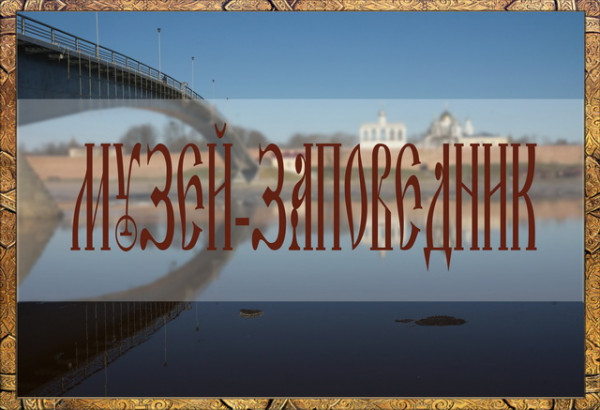Museum-Reserve

Under the heading "Museum-Reserve" one will find photo albums with views of architectural sites, located on the territory of the Novgorod Museum-Reserve. The section includes three subsections formed by territorial principle - "Novgorod Kremlin", "Trading Part" and "Novgorod Environs."
River Volkhov divided ancient Novgorod into two parts - Sophia Part and Trading Part, which was unusual for the building of a medieval city, since it used to occupy just one bank, the highest. Sophia Part got its name from the St. Sophia Cathedral, located in the territory of Kremlin; Trading Part was named after a market located there.
Novgorod Kremlin or Detinets in Sophia Part of the city was not only a religious and political, but also a compositional center of ancient Novgorod. Some streets of Sophia part encircle Kremlin, following the contours of its walls, others converge on it like radius.
Kremlin is one of the oldest monuments of Russian military defensive architecture of the 15th – 17th cc. Its territory brings together architectural sites of the 15th – 19th cc. as well as the most ancient temple of Russia, St. Sophia Cathedral (1045-1050).
Trading Part with the ancient market located there was the economic center of the city. Shopping malls started from the bank of Volkhov and continued perpendicular to it. Behind the market there were "shopping centers" where merchants came. To date, only the Arcade of the shopping center remained intact. On the south side of the marketplace there was Yaroslav's Court. Yaroslav's Court, first mentioned in the Novgorod Chronicle of 1113 under the name of "Princely Court", was named after the Grand Prince Yaroslav, who moved here his Prince's Court in the early 11th century.
In the Trading Part of the city there are architectural monuments of the 12th – 17th cc., most of which are numerous churches built by neighbors living in one street.
In the vicinity of the city there are still many monuments of architecture of the 12th – 18th cc. Among them there are monasteries, which are still active, such as Yuriev Monastery and Khutyn Monastery of Saviour’s Transfiguration.
In 2, 5 km from the historic center of Veliky Novgorod, at the beginnings of the River Volkhov from Lake Ilmen there is Rurikovo Gorodische (a settlement). It used to be the official residence of the prince and the stronghold of the prince's power until Novgorod lost its independence. The first mention of the settlement in Novgorod Chronicles dates back to 1103 in connection with the laying of the stone church by Prince Mstislav Vladimirovich. The Church of Annunciation is the only surviving monument in the territory of the architectural complex.

